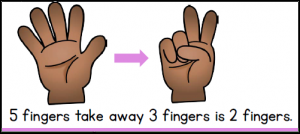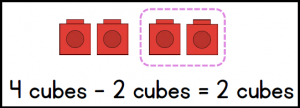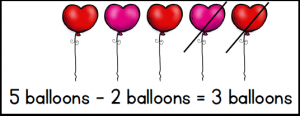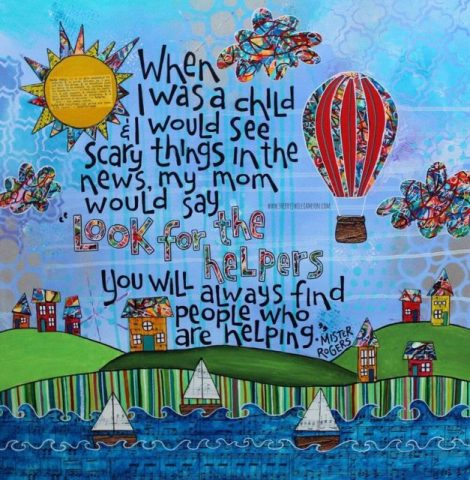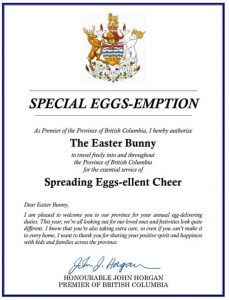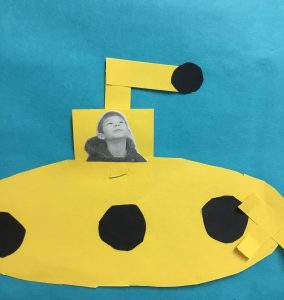Review counting backward from 10 using fingers.
Lesson 1:
I can use fingers to subtract small numbers. ( I put down a finger each time I count a number.)
Practice :
- Show me 5 fingers. Take away 3 (count) fingers. How many fingers are you left holding up?
- Show me 4 fingers. Take away 1 (count) fingers. How many fingers are you left holding up?
Lesson 2:
I can subtract with objects to 5. (I use small objects to help me subtract and find the answer.)
Practice:
- Show me 4 objects. Take away 2. How many are left? This is how we write a subtraction sentence. 4 – 2 = 2.
- Show me 3 objects. Take away 1. How many are left? This is how we write a subtraction sentence. 3 – 1 = 2.
Lesson 3:
I can subtract with pictures to 5. ( I cross out pictures to find out the answer to the equation.)
Practice:
- Draw 5 pictures. Cross off 2. How many are left? 5 – 2 = 3.
- Draw 4 pictures. Cross off 3. How many are left? 4 – 3 = 1.
Make up your own subtraction sentences.
